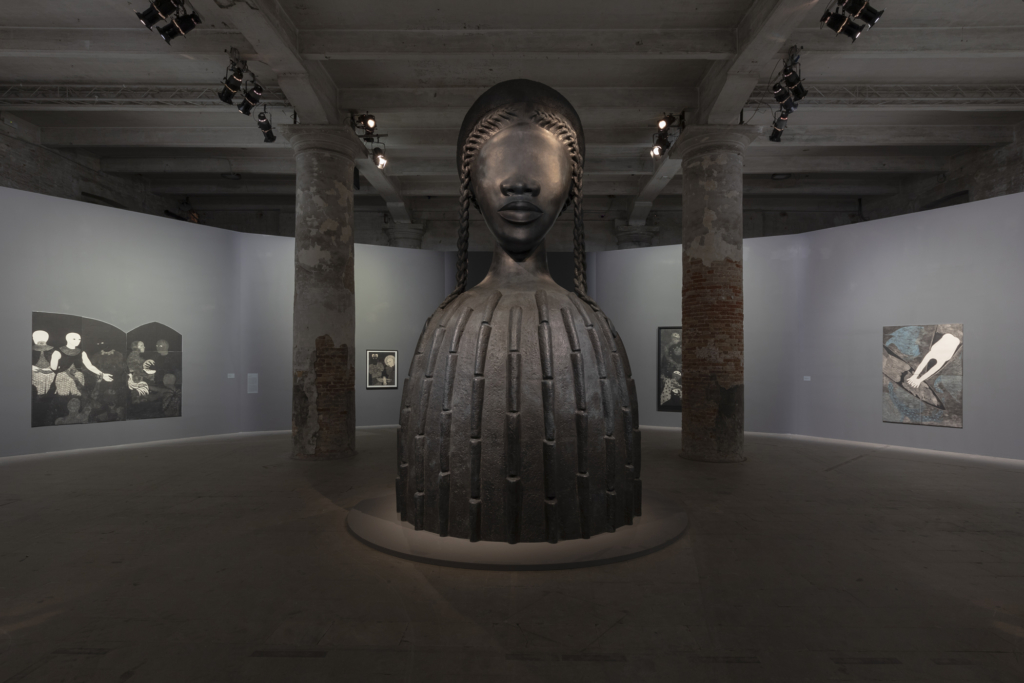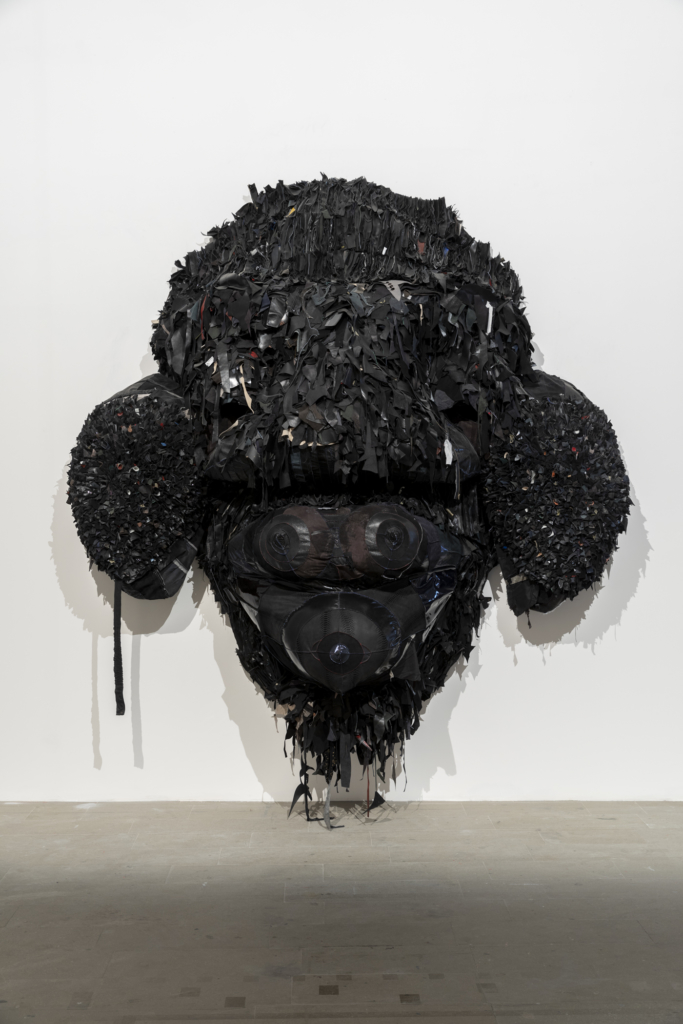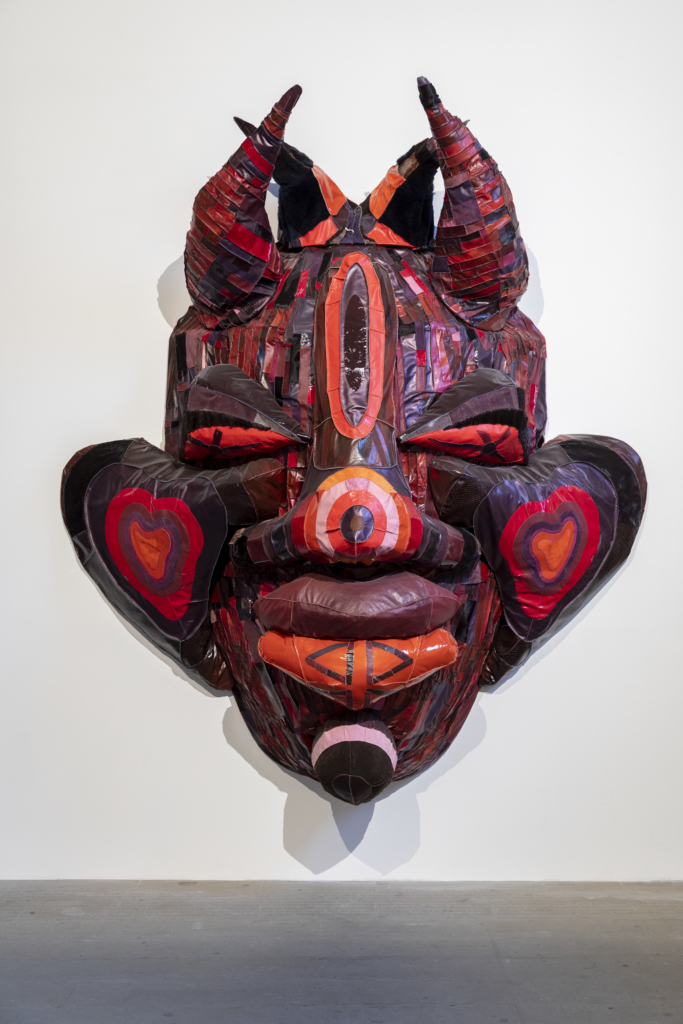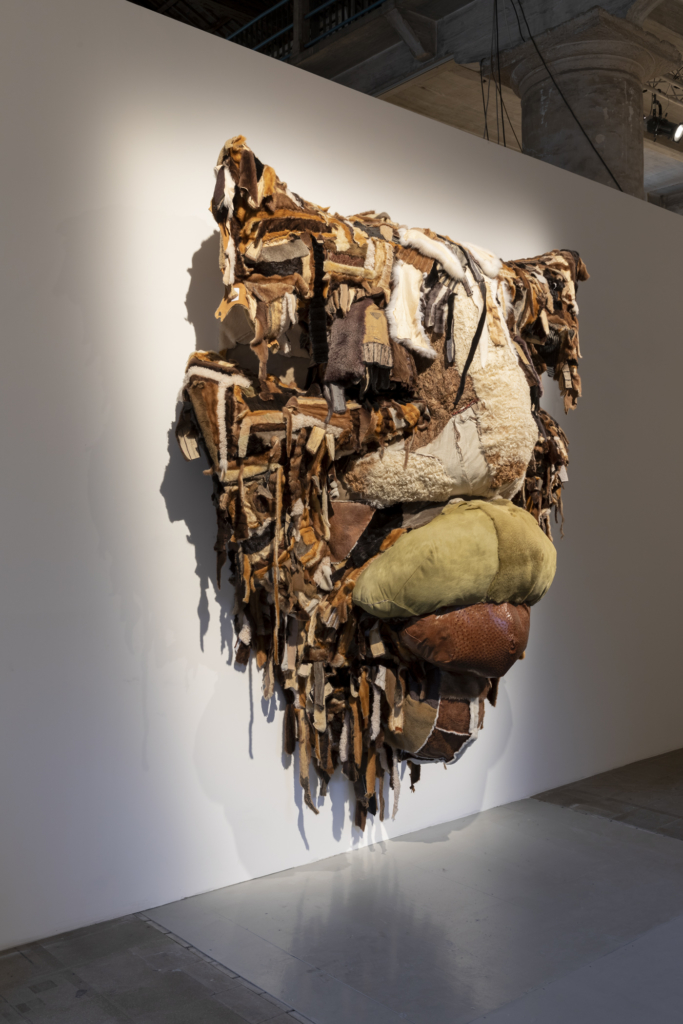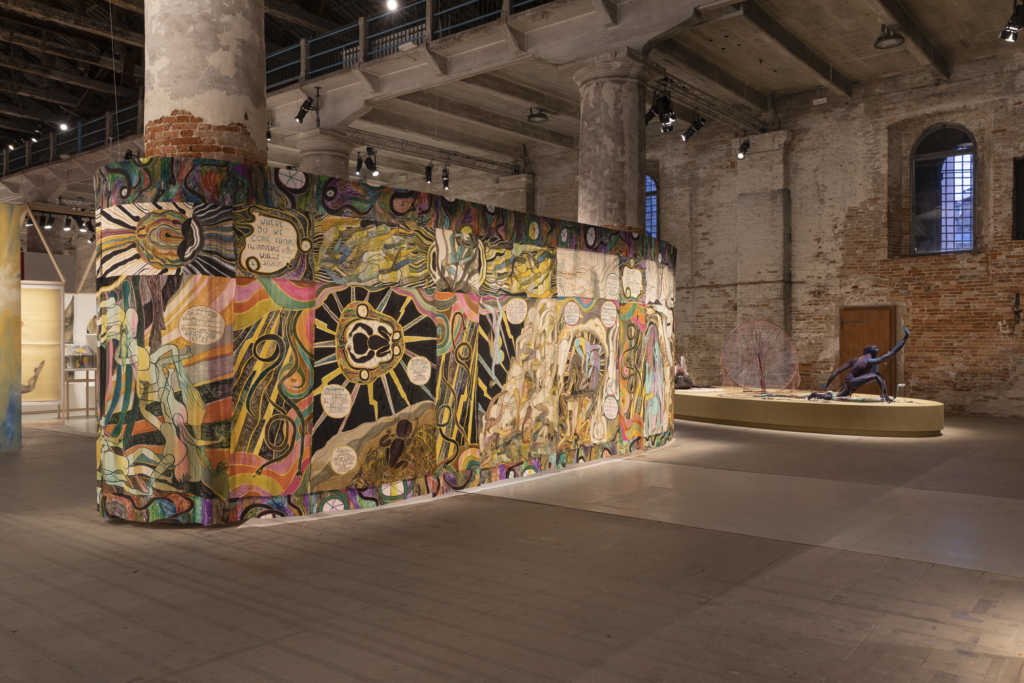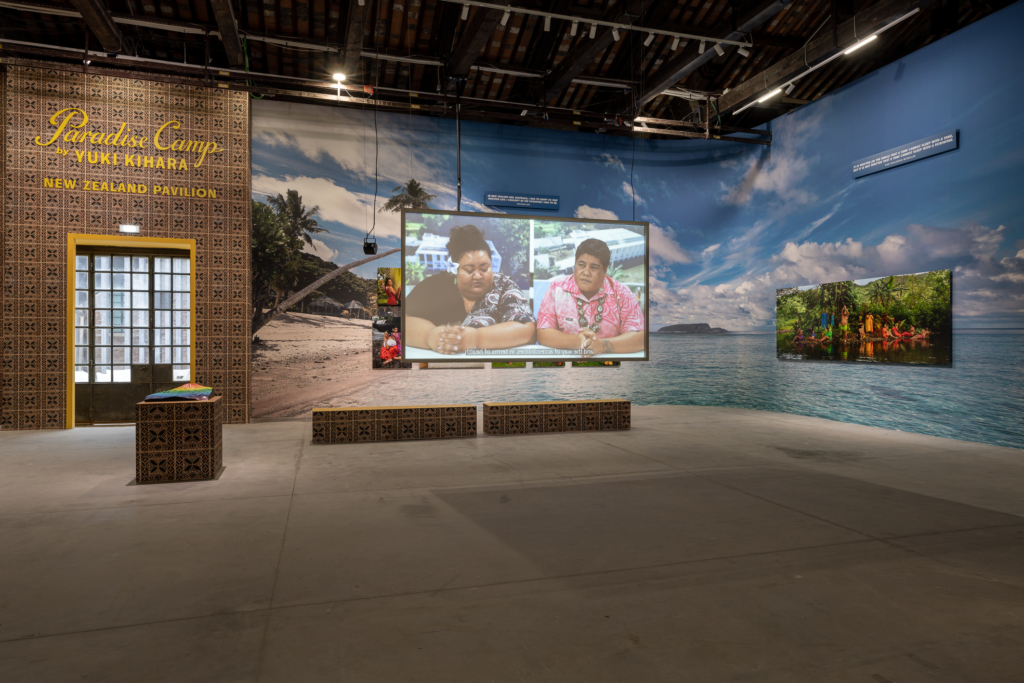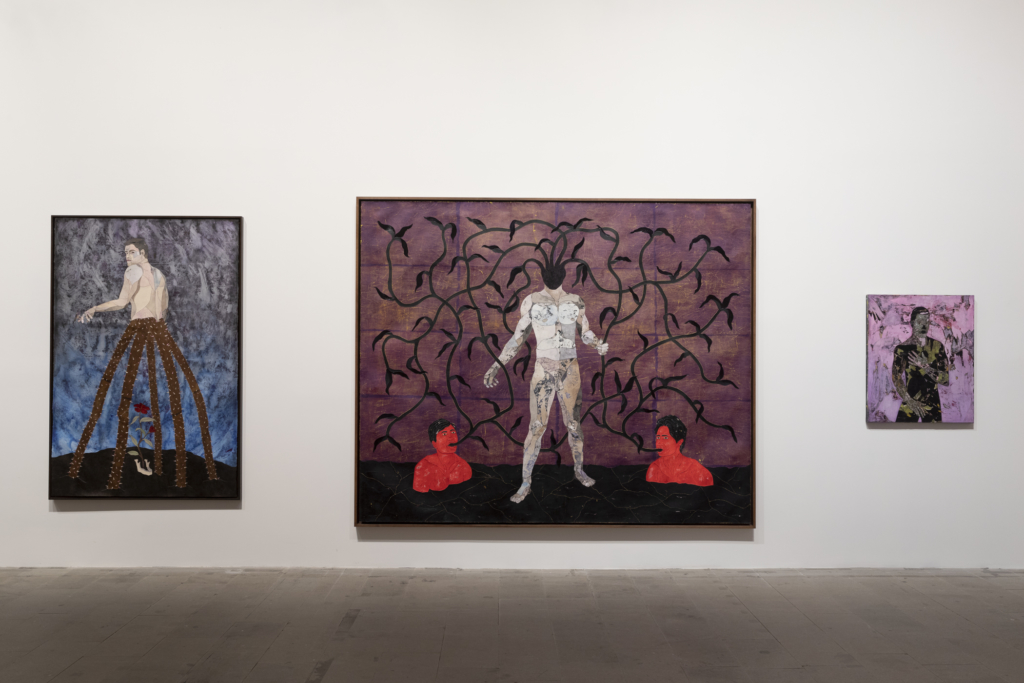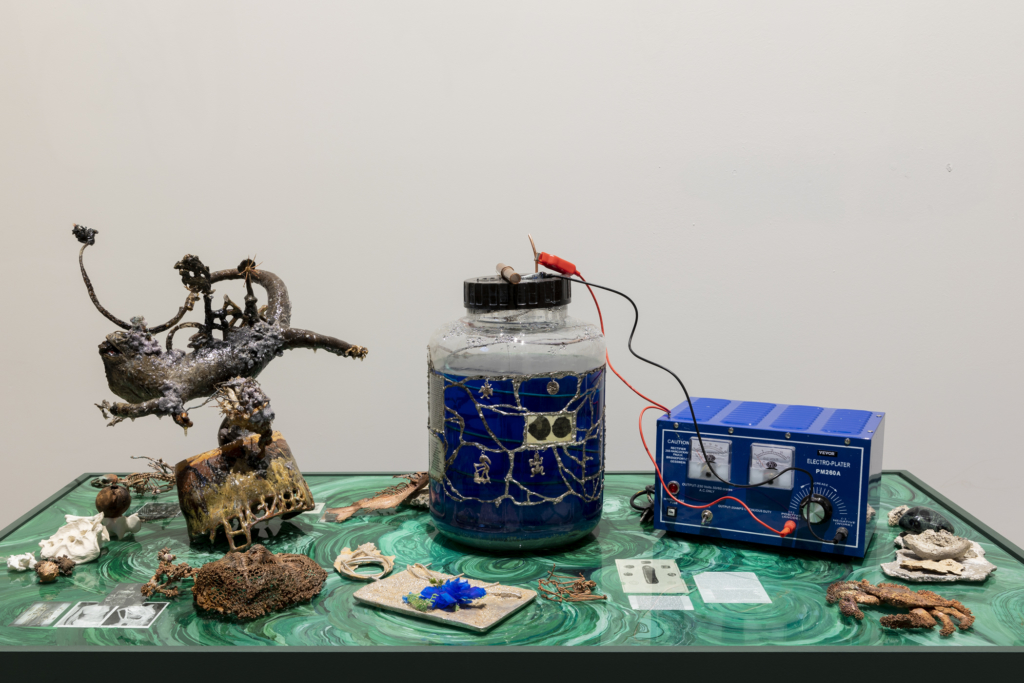Solace and Wakeup Calls: the 59th Venice Biennale
Venice, Italy
23 April 2022 –
27 November 2022
The 59th Venice Biennale presented the work of 213 artists from 58 countries, and was an exciting event for many reasons, not least of which was because Cecilia Alemani was the curator, a first for an Italian woman. It was also the first biennale since the start of the Covid-19 pandemic, following the decision to cancel the 2021 iteration and hold it in 2022. Alemani and her team created an immense, multi-part exhibition that included not only contemporary artists from around the globe, but also many female modernists, such as Dada artist Elsa von Freytag-Loringhoven (often referred to as Baroness Elsa) and the surrealists Remedios Varo, Leonor Fini and Leonora Carrington. The paintings of these three surrealists were shown at the Giardini in a section entitled “The Witch’s Cradle,” displaying artworks such as Varo’s Simpatía (La rabia del gato) or Madness of the Cat (1955) and Fini’s Femme assise sur un homme nu (1942), which put the biennale into dialogue with the mind-blowing exhibition Surrealism and Magic: Enchanted Modernity at the Peggy Guggenheim Collection in Venice. In that exhibition, at least for this viewer, the female surrealists, with their gorgeous dreamscapes full of feline women and hermit-like solitude, far outmatched the male surrealists.
In the contemporary sections of the biennale, there was an immense representation of female artists as well, and while a female curator may not necessarily focus on female artists, Alemani made a conscious decision to do just that. This resulted in a feminist, more inclusive biennale that felt both timely and necessary. Inevitably, the biennale was an overwhelming visual feast, but there were clear standouts, and while the title of the main part of the biennale, The Milk of Dreams—taken from Leonora Carrington’s book of surreal stories for children—did not necessarily reflect every artwork, it did invite spectators to move through the various spaces and contemplate the surreal reality of the last two years, as well as the way art can be a balm in difficult times.
It is no accident that the curator chose African American artist (and Gold Lion winner) Simone Leigh’s 2019 sculpture Brick House as the first work to greet viewers at the entryway of the Arsenale: a monumental Black woman with braids faces straight ahead, although her eyes have been smoothed away. Instead of providing visual access to the Black woman’s body, the artist offers a ridged dome-like structure that stands in for the woman’s body, suggesting both a shelter and a stabilizing platform for the Black female subject. In scale and subjectivity, the large sculpture recalls Kara Walker’s controversial 2014 installation A Subtlety, or the Marvelous Sugar Baby: a thirty-five-foot-tall Black woman with a handkerchief on her head and the body of a sphinx. Leigh’s work, however, does not fall into the trap of employing visual stereotypes such as the “mammy.”[1] Unlike Walker’s sculpture, Leigh’s Black female subject does not wear a headscarf; instead, she has braids with shells woven through them.
Another Black artist at the biennale, Toronto-born Tau Lewis, exhibited three massive sculptural “masks”—including Sol Niger (With my fire, I may destroy everything, by my breath, souls are lifted from putrified earth) of 2021—that are assemblages made out of foraged materials such as leather, nylon and mink fur. The three works are from her 2021 series Divine Giants Tribunal in which she drew inspiration from Yoruba masks, as well as from Faith Ringgold, Betye Saar and the Gee’s Bend quilts. Her materials are chosen because of their associations with feminized labour, ritual and craft.
Many of the works on view throughout the biennale are formally remarkable, and upon close observation, are also political, often concerned with the legacies of colonialism and colonial violence. Two very different artists address these issues, using the work of French Post-Impressionist Paul Gauguin as a case study for the harm that colonialism has wrought on people of colour, particularly women of colour. British artist Emma Talbot’s Where Do We Come From? What Are We? Where Are We Going? (2021) is a colourful curtain-like hanging made of painted silk, and Why Do We Think We Can Outwit Nature? (2021) are two soft, mixed-media sculptures of simplified, contorted female subjects, one in shades of pink (shown battling a snake), the other made of black, blue and purple material. According to the didactic label provided, Talbot “conceives of textile and its formal characteristics as a means to articulate a feminist artistic language.” The silk curtain is decorated in a range of bright colours in rhythmic patterns and is covered in word bubbles. One of the bubbles reads: “Imagined exile is a privilege lost, Gauguin’s hoping for paradise.” Talbot’s painted silk takes its title from Gauguin’s famous 1897-1898 painting (now in the Museum of Fine Arts, Boston) that he created after arriving in Tahiti.
Gauguin’s time in Tahiti is central to Samoan and Japanese artist Yuki Kihara’s powerful Paradise Camp in the New Zealand Pavilion. The installation is composed of video, collage and “performative photography.” Gauguin, who described himself as a “savage,” went to Tahiti with the specific desire of finding an untainted, pre-modern paradise. His idea of paradise included depicting women of colour as sexualized parts of the landscape and as offering their breasts on silver platters of fruit or flowers as in Two Tahitian Women (1899), now owned by the Metropolitan Museum of Art. Kihara’s installation, which was curated by Natalie King, is brilliantly conceptualized and executed. The artist employs humour—especially in the video that has Anastasia Fantasia Vancouver Stanley (Queen Hera) interviewing several Fa’afafine people (Samoa’s “third gender”) about what they think about some of Gauguin’s most famous paintings; their withering, dismissive comments are hilarious—as well as a rapier-sharp critique, illuminating Gauguin’s art project as one of colonialism and sex tourism. Perhaps the most important contribution of the installation is Kihara’s twelve vibrant photographs that “upcycle” (her word) Gauguin’s paintings by inserting Samoans into the tropical settings. For instance, Two Fa’afafine (After Gauguin) (2020), which depicts Rubenita Pau and Mandy Lynn Joyce wearing colourful patterned cloth, is an upcycled version of Two Tahitian Women. As Kihara has stated: “Paradise Camp adds the Indigenous in Drag, which I call In-Drag-Enous.”[2]
My two favourites from the biennale exhibition were Mexican artist Felipe Baeza’s gorgeous paintings of vulnerable men that employ ink, acrylic and embroidery, and Asian American artist Candice Lin’s astoundingly complex installation Xternesta (2022) that combines large glazed ceramic sculptures, electronics, historical photographs and a witch’s apothecary with various potions and tinctures (including “fermented face” and “clairvoyant testosterone”), all of this tracing invisible links to colonial histories. Baeza’s beautiful men, being encroached upon by flames and thorns, reject the machismo of Mexican muralists such as Diego Rivera, while Lin’s glazed ceramic sculptures are multi-faced masculine figures with shelves built into their torsos for the potions. The sculptures are made out of mud taken from a swamp in Saint Malo, the first Asian settlement in the United States. As a whole, the installation is concerned with labour, global trade and the violence of Western colonial desires. Although the 59th Venice Biennale was full of colour, beauty and excitement, Cecilia Alemani does not pretend that art is divorced from the realities of suffering and ongoing racism, misogyny and colonial violence. This year’s Venice Biennale was a triumph of art not as opium for the masses, but as a source of solace and a wakeup call.
Dr. Julia Skelly is a specialist in queer/feminist art and art history, textiles, excess, decadence, and addiction. Her publications include Wasted Looks: Addiction and British Visual Culture, 1751-1919 (2014), The Uses of Excess in Visual and Material Culture, 1600–2010 (2014), Radical Decadence: Excess in Contemporary Feminist Textiles and Craft (2017), and Skin Crafts: Affect, Violence and Materiality in Global Contemporary Art (2022). She teaches courses on modern and contemporary art at McGill University and Concordia University.
[1] Amber Jamilla Musser, Sensual Excess: Queer Femininity and Brown Jouissance (New York: New York University Press, 2018), 31.
[2] Paradise Camp brochure (2022), np.






